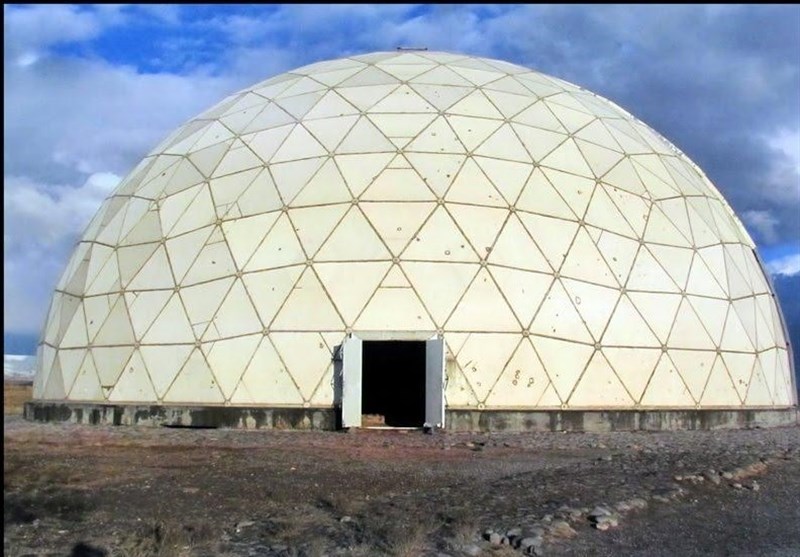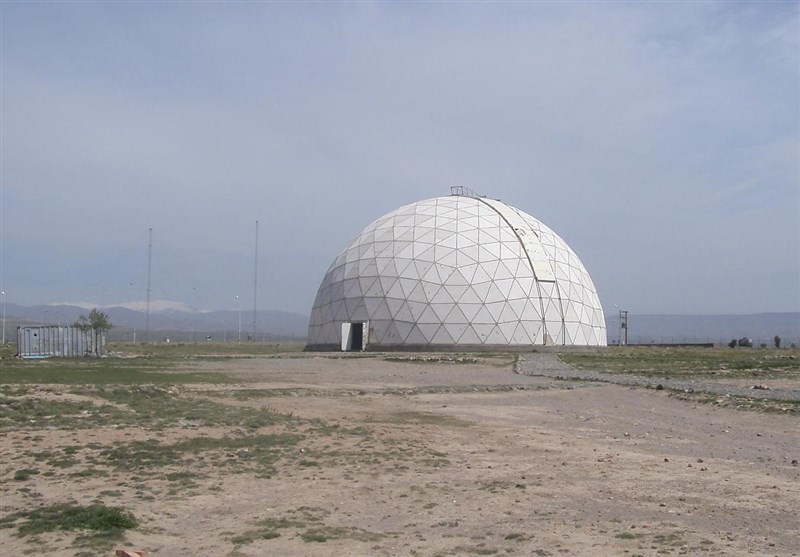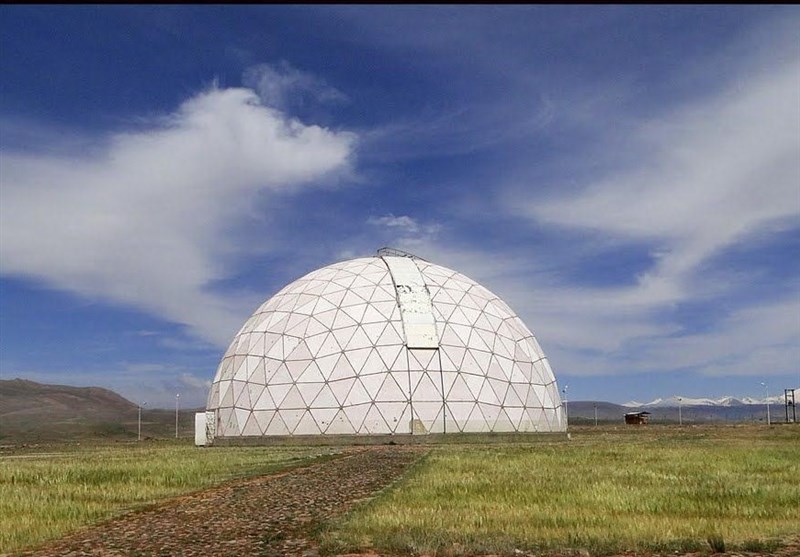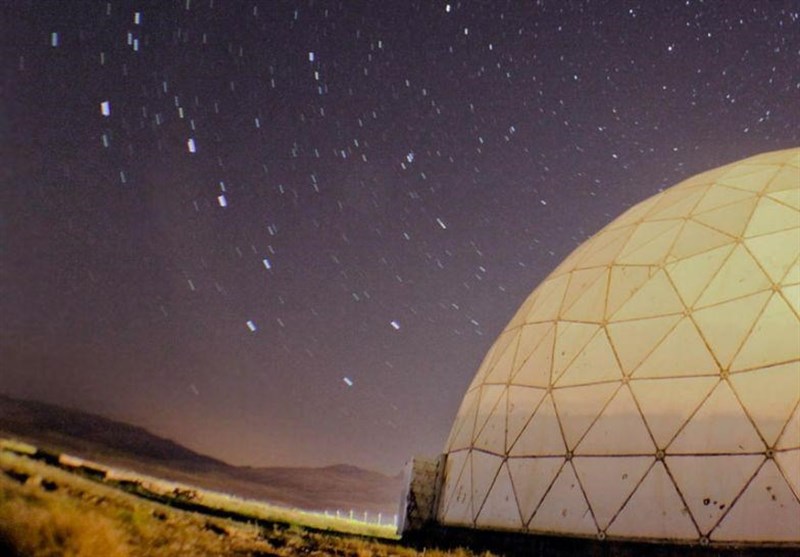Maragheh Observatory was established by Nassireddin Tousi, an Iranian scientist and astronomer, in 1259.
According to the book titled “The Rise and Fall of Islamic Science”, significant parts of the groundwork are preserved in ruins.

In a citadel-like area stood a four-story circular stone building with a diameter of 28 meters.
The mural quadrant to observe the positions of the stars and planets was aligned with the meridian. This meridian served as prime meridian for the tables in Zij-e Ilkhani, as the meridian applied today passes the Royal Greenwich Observatory.

The Maragheh site was the largest in its time, consisting of a series of buildings occupying an area 150 meters in width and 350 meters in length. One of these buildings was a dome that allowed the sun’s rays to pass through.
There was also a library consisting of 40,000 volumes, which were plundered from other libraries by the Mongol Empire during its invasions across Persia, Syria and Mesopotamia.
Astronomers from across Persia, Syria, Anatolia and even China were gathered at the observatory, and the names of at least 20 of them who worked at the observatory are known.
It is believed that several Chinese astronomers worked at the observatory and that they introduced several Chinese methods of computation.

Maragheh Observatory was also reported to have had over a 100 students studying under Nassireddin Tousi at the observatory, and was also the first observatory to benefit from the revenues of endowment trust funds.
After Tousi’s death, his son was appointed the director of the institution, but it was later abandoned by the middle of the 14th century.
A visit to the ruins of the observatory later inspired Ulugh Beg to build his own large observatory at Samarkand to continue the astronomical research of the Maragheh school.

Sources: Iranreview, english.irib